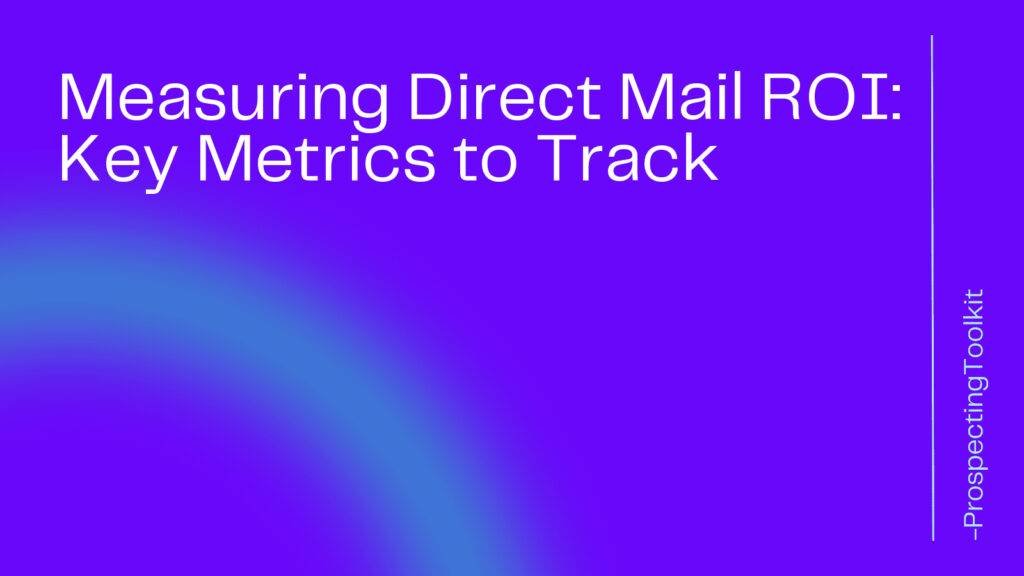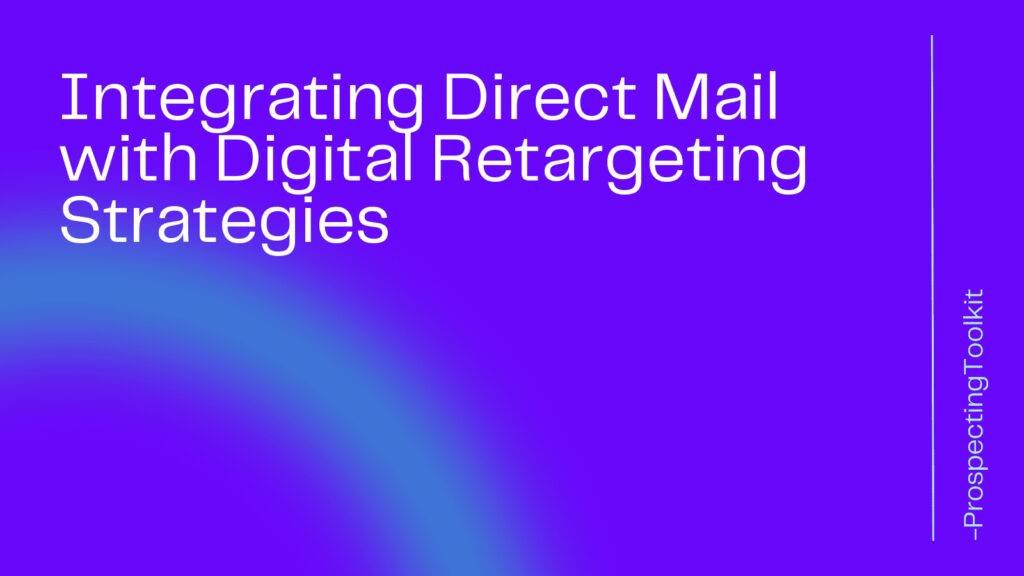Are you tired of wasting time and resources on marketing efforts that don’t seem to connect with your target audience?
Creating an ideal client profile can be the solution you need to ensure that your marketing efforts are more effective and efficient.
By understanding who your ideal clients are, you can tailor your messaging, products, and services specifically to their needs and preferences.
Table of Contents
ToggleUnderstanding the Importance of an Ideal Client Profile
Creating an ideal client profile is crucial for the success of your business.
It goes beyond simply identifying your target market. It involves diving deeper into the specifics of who your ideal clients are, including their demographics, psychographics, and pain points.
By understanding your ideal clients on a deeper level, you can better connect and engage with them, ultimately increasing your chances of converting them into loyal customers.
Benefits of Having a Well-Defined Ideal Client Profile
- Precision in Marketing: With a well-defined ideal client profile, you can be laser-focused in your marketing efforts. By tailoring your messaging to specifically address your ideal clients’ needs, wants, and pain points, you are more likely to grab their attention and resonate with them.
- Improved Customer Acquisition: When your marketing efforts are targeted towards your ideal clients, you increase your chances of attracting high-quality leads who are more likely to convert into paying customers. This leads to improved customer acquisition and better return on investment (ROI).
- Enhanced Customer Retention: Understanding your ideal clients allows you to provide them with products and services that cater to their specific needs. This personalized approach increases customer satisfaction and loyalty, helping you retain your existing clients for the long term.
Factors to Consider When Building an Ideal Client Profile
When building an ideal client profile, consider the following factors:
- Demographics: This includes age, gender, location, income level, education, and occupation. Understanding the demographics of your ideal clients helps you target your marketing efforts effectively.
- Psychographics: Dive deeper into your ideal clients’ interests, lifestyle, values, beliefs, and attitudes. This helps you understand their motivations and preferences, allowing you to tailor your messaging accordingly.
- Pain Points: Identify the challenges and problems your ideal clients face. By understanding their pain points, you can position your products or services as the solution they need.
- Communication Preferences: Determine the channels and platforms your ideal clients use to gather information and make purchasing decisions. This allows you to allocate your resources effectively and engage with them where they are most active.
By understanding your ideal clients on a deeper level, you can tailor your messaging, products, and services to meet their specific needs and increase your chances of success.
With a well-defined ideal client profile, you can be more precise in your marketing, attract high-quality leads, improve customer retention, and ultimately grow your business.
Steps to Create an Ideal Client Profile
Whether you are an aspiring entrepreneur or a seasoned business owner, understanding your target audience is key to success.
Creating an ideal client profile can help you attract the right customers and tailor your marketing efforts to meet their needs.
Here are the steps to create an ideal client profile:
Step 1: Preparing a List of the Best Clients
Start by identifying your best clients – those who bring in the most revenue, have longer-lasting relationships, and are a pleasure to work with.
Consult your customer database, sales records, and other relevant data to compile a list of your top clients.
This will form the foundation for creating your ideal client profile.
1. Identifying Profitable Accounts and Lifetime Value (LTV)
When analyzing your client list, it’s important to identify the most profitable accounts.
Look for clients who consistently spend more on your products or services, have a higher lifetime value (LTV), and are more likely to make repeat purchases.
These clients can serve as a model for your ideal client profile.
Step 2: Conducting Client Research and Interviews
To gain a deeper understanding of your best clients and their needs, conduct client research and interviews.
This can be done through surveys, phone calls, or face-to-face meetings. Ask questions about their goals, challenges, preferences, and pain points.
Listen carefully to their responses to uncover valuable insights.
Step 3: Compiling Information and Creating the Ideal Client Profile
Once you have gathered the necessary information from your research and interviews, it’s time to compile it and create your ideal client profile.
This profile should include demographic information such as age, gender, location, and occupation, as well as psychographic information such as interests, values, and behavior patterns.
It should also outline their goals, challenges, motivations, and buying preferences.
Use this profile to guide your marketing strategies and tailor your messaging to resonate with your ideal clients.
Creating an ideal client profile is an ongoing process. As your business evolves and your target market changes, make sure to update and refine your profile accordingly.
Regularly review your client list to identify new trends and patterns that may influence your ideal client profile.
By investing the time and effort to create an ideal client profile, you can better understand your target audience and tailor your marketing efforts to attract and retain the right customers.
This will not only increase your chances of success but also help you build long-lasting relationships with your clients.
Remember, the goal is not to exclude potential clients who don’t fit your profile, but rather to focus your marketing efforts on those who are most likely to benefit from your products or services.
By doing so, you can maximize your ROI, increase customer satisfaction, and position your business for long-term growth.
Key Considerations in Building an Ideal Client Profile
Firmographics: Understanding B2B Prospects and Business Background
When creating an ideal client profile for your business-to-business (B2B) marketing efforts, it is crucial to have a deep understanding of your potential customers’ firmographics.
This includes information about their industry, company size, location, revenue, and other relevant data.
By analyzing this information, you can identify the characteristics that make certain companies more likely to become successful customers.
Utilizing Ideal Client Profile Templates
To streamline the process of creating an ideal client profile, consider utilizing template tools that are available online or within marketing software platforms.
These templates often prompt you to define key attributes such as industry, company size, job title, pain points, goals, and challenges.
By filling in these templates, you can organize your thoughts and identify patterns among your ideal clients.
Get an Ideal Client Profile Template in our course!
1. Identifying Common Characteristics of Successful Customers
One of the most effective ways to create an ideal client profile is to identify the common characteristics of your most successful customers.
Look for patterns among your existing customer base, such as industry, company size, geographical location, or specific pain points that your product or service addresses.
By pinpointing these commonalities, you can create a profile that will attract similar prospects who are more likely to become valuable customers.
Collaborative Brainstorming with Your Team for Relevant Questions
To gather the necessary information for creating an ideal client profile, consider involving your team in a collaborative brainstorming session.
Each team member can contribute ideas and insights based on their interactions with customers.
Develop a list of relevant questions that need to be answered, such as the problems your customers are trying to solve, their budget constraints, or their decision-making process.
By involving your team, you can gain different perspectives and ensure that your ideal client profile is comprehensive and accurate.
Remember that an ideal client profile is not set in stone and should be periodically reviewed and updated as your business and target market evolve.
Regularly reassess your profile to align it with your business goals and objectives.
The creation of an ideal client profile is essential for effective marketing and lead generation strategies.
By understanding the firmographics of your potential customers and identifying common characteristics among your successful clients, you can focus your efforts on attracting and serving the right audience.
Utilize template tools and involve your team in the process to gather valuable insights and ensure a comprehensive profile that aligns with your business objectives.
The Impact of an Ideal Client Profile on Sales Strategy
When it comes to driving sales and maximizing the benefits from your offerings, understanding your target audience is key.
Creating an ideal client profile can provide valuable insights that can significantly impact your sales strategy and overall business success.
Hyper-Targeting Prospects to Maximize Benefits from Your Offerings
- Identify Your Ideal Client: Start by defining who your ideal client is. Consider demographic information, such as age, location, income level, and occupation, as well as psychographic factors like values, interests, and purchasing behavior. This will help you understand their needs, preferences, and pain points.
- Narrow Down Your Prospects: With a clear understanding of your ideal client, focus your marketing efforts on a specific target audience. By narrowing down your prospects, you can create tailored marketing messages that resonate with their specific needs, increasing the likelihood of conversions.
- Prioritize Quality over Quantity: Rather than trying to appeal to everyone, hyper-targeting allows you to attract high-quality prospects who are more likely to become long-term and loyal customers. This approach can lead to higher conversion rates and a stronger return on investment.
Enhancing Go-To-Market Strategies through a Systematic Process
- Conduct Market Research: To create an effective ideal client profile, conduct thorough market research. Analyze your existing customer base, survey potential customers, and gather data on industry trends. This information will help you fine-tune your ideal client profile and align your sales strategy with market demands.
- Create Buyer Personas: Once you have gathered the necessary data, develop detailed buyer personas that represent your ideal clients. Include information about their backgrounds, goals, challenges, and how your offerings can provide solutions. This will help you tailor your messaging and positioning to address their specific needs.
- Refine Your Sales and Marketing Efforts: Use your ideal client profile and buyer personas to refine your sales and marketing strategies. Craft compelling marketing messages that speak directly to your target audience. Personalize your communication and outreach efforts to build strong relationships and trust with potential clients.
- Measure and Iterate: Continuously monitor the effectiveness of your sales strategy and adjust accordingly. Track key metrics, such as conversion rates, customer acquisition costs, and customer satisfaction. Use this data to iterate and improve your ideal client profile, ensuring it remains aligned with your evolving business goals.
By creating an ideal client profile, you can optimize your sales strategy and increase the effectiveness of your go-to-market efforts.
This systematic approach allows you to focus your resources on attracting and engaging with prospects who are most likely to convert into valuable customers.
Remember to regularly review and update your ideal client profile, as market dynamics and customer preferences may change over time.
Conclusion
Creating an ideal client profile is an essential step for any business looking to maximize its marketing efforts and attract the right customers.
By clearly identifying your target audience, understanding their needs and preferences, and tailoring your messaging to their specific pain points, you can create a more effective and efficient marketing strategy.
While developing an ideal client profile may require some research and analysis, the benefits far outweigh the effort.
It can help you save time and resources by focusing on the most promising leads, increase customer satisfaction by delivering personalized experiences, and ultimately drive business growth.
Recap of the Importance and Benefits of an Ideal Client Profile
Creating an ideal client profile offers several key benefits:
- Targeted Marketing: By understanding your ideal customer, you can refine your marketing efforts and tailor your messages to resonate with their specific needs and desires. This increases the likelihood of attracting qualified leads who are more likely to convert.
- Cost Efficiency: A well-defined ideal client profile allows you to allocate your marketing budget more effectively. Instead of casting a wide net and reaching out to a broad audience, you can focus your resources on channels and tactics that will actually reach your target customers.
- Improved Customer Satisfaction: When you understand your ideal customer’s pain points, you can create products, services, and experiences that better meet their needs. This leads to increased customer satisfaction and loyalty, as well as positive word-of-mouth referrals.
- Competitive Advantage: Developing a clear ideal client profile helps differentiate your business from competitors. By understanding your target audience on a deeper level, you can offer unique value propositions and position yourself as the go-to solution for their specific needs.
Final Thoughts and Actionable Steps for Creating Your Own Ideal Client Profile
To create an effective ideal client profile, consider following these steps:
- Research Your Current Customers: Look at your existing customer base and analyze their demographics, behaviors, and preferences. Identify patterns or common characteristics that can help you define your ideal client.
- Create Buyer Personas: Develop detailed buyer personas that represent your ideal clients. Include information about their age, gender, location, interests, pain points, and motivations. This will help you understand their needs and tailor your messaging accordingly.
- Conduct Market Research: Extend your analysis beyond your current customer base by conducting market research. Use surveys, interviews, and secondary research to gather insights about your target audience’s behaviors, preferences, and challenges.
- Identify Unique Selling Points: Determine what sets your products or services apart from the competition. Understanding your unique value proposition will allow you to attract customers who resonate with your offerings.
- Refine and Test: Continuously review and refine your ideal client profile as you gather more data and insights. Test different messaging and strategies to see what resonates best with your target audience.
Remember, creating an ideal client profile is an ongoing process.
It requires constant monitoring and adaptation to stay aligned with your customers’ evolving needs.
By investing time and effort into understanding your target audience, you can ensure that your marketing efforts are laser-focused and yield the best possible results.







